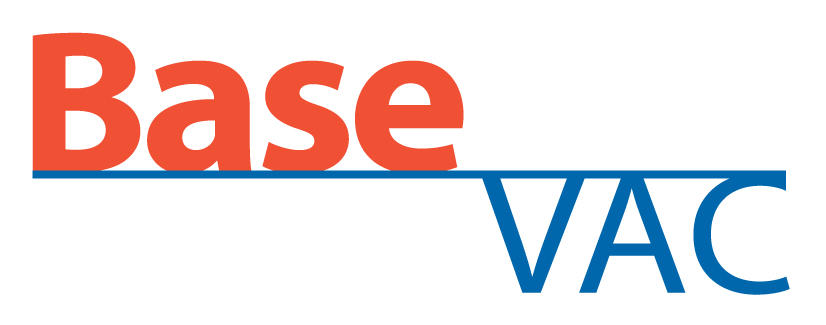The future of dental vacuum is the dry-vacuum systems as they are more efficient and cost less to run overtime. One of the biggest hurdles to upgrading to a dry-vacuum system is installing a pump exhaust. Generally speaking, the building code requires ALL Dental Vacuum Systems to exhaust to an outside ventilated space. Unfortunately, somehow in many areas, old wet-vacuum systems were allowed to ventilate into a mechanical room. Though technically not to building code, these systems continue to vent into a mechanical room space, reintroducing the dirty air from the clinic’s vacuum lines back into the clinic.
Today we start a series that will emphasize the importance of properly ventilating your Dental Vacuum to external space and the non-ideal options in ventilation others have pursued. Each segment of this series will be broken up into the following;
1) Reasons for proper ventilation of a Dental Vacuum, wet or dry
i. Removing heat from the mechanical room
ii. Contaminated air
iii. Nitrous gas removal
2) How and where to properly vent your dental vacuum to ensure the best performance
i. Options in external ventilation
ii. Proper sloping and condensation prevention
iii. Weather/wildlife proofing of exhaust piping
3) The disadvantages of alternative options that have been considered for Dental Vacuum system exhausts.
i. Internal Exhaust systems
ii. The use of Plumbing ventilations
Over the next several weeks, we will be breaking down the above information, providing detailed reasons for the proper installation of a Dental Clinic’s Vacuum System. BaseVac intends to provide this information to the Dental Industry as a guide to ensure Dental Clinics are set up to building code, safe for their staff, safe for their patients, and ensures the most efficient service from their mechanical room equipment.
Should you have questions about your current or future mechanical room installations, please do not hesitate to reach out to BaseVac’s Mechanical Room experts at info@basevacdental.com or 1-800-668-8736.


